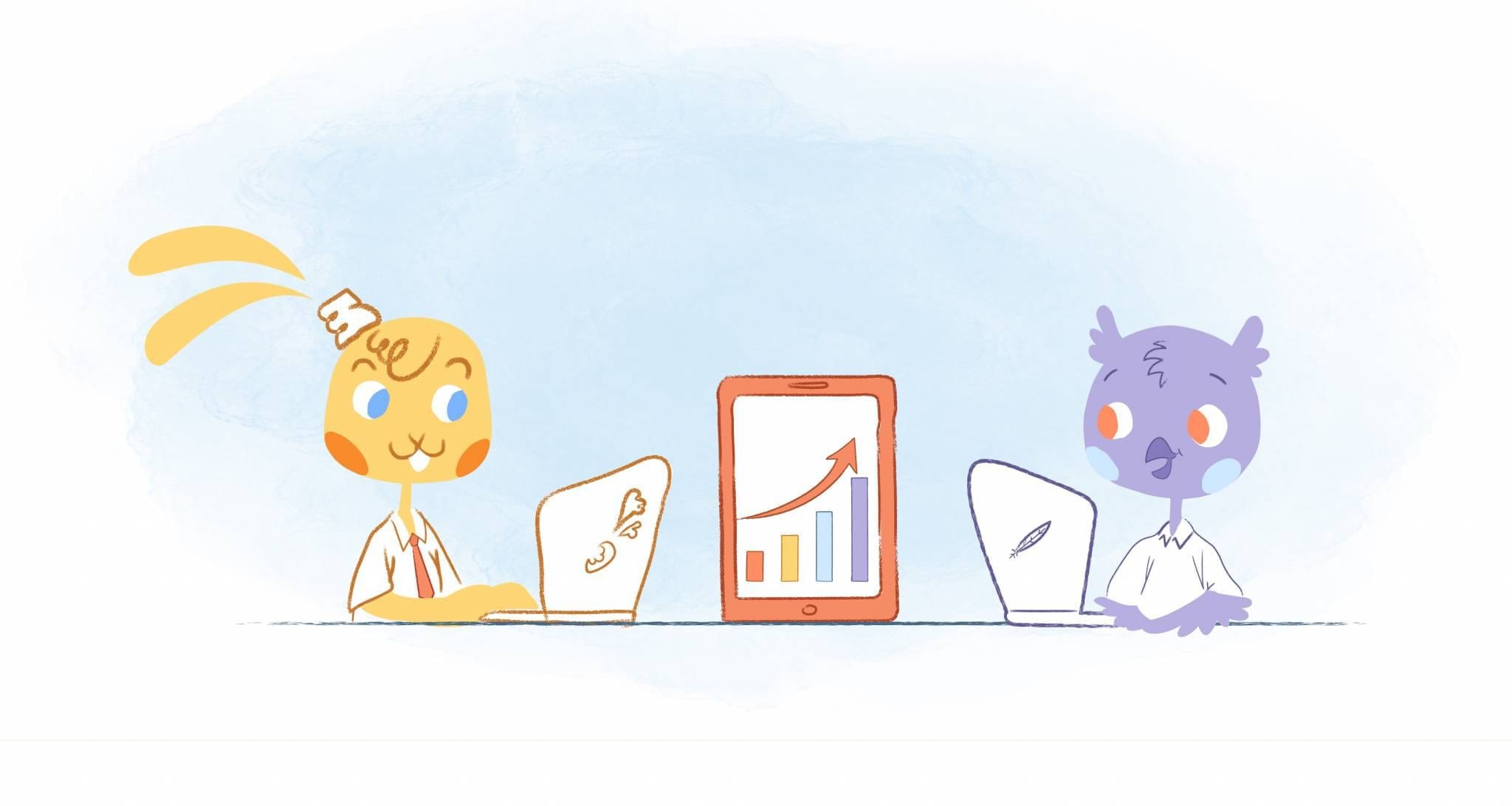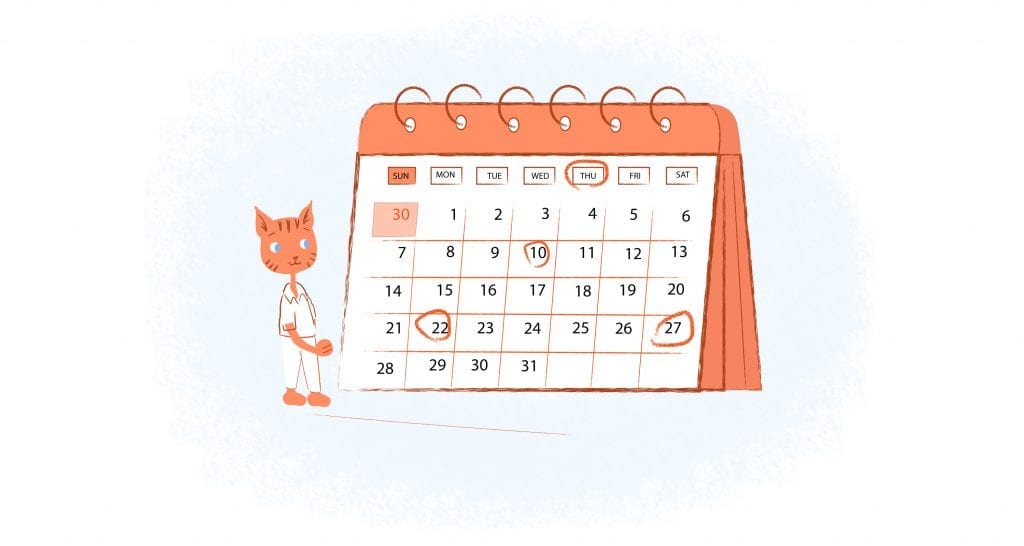

Whenever I have some downtime, I enjoy watching cooking shows or videos. Whether if it’s an episode of Chopped or a short YouTube clip from Binging With Babish, I’m fascinated by the creativity. I mean how on Earth can you make a dessert out of chicken feet?
More importantly, I learn a lot from these shows. Not just recipes I could try. But all sorts of techniques that I could use in the kitchen. I’ve even noticed that there are some time management lessons to be learned, such as the importance of planning, organization, and allotting the right amount of time to specific tasks. For example, if you’re having dinner guests over, don’t get started on osso buco when they arrive. If you need further proof of that, rewatch the infamous “Dinner Party” episode from The Office.
So, it shouldn’t come as a surprise that while making a simple sandwich the other day, I could see the similarities even clearer. That may sound out there. But, seriously, just like assembling a sandwich, most of our time management problems are due to being overwhelmed, ambiguity, and lack of focus — all of which leads to procrastination.
Thankfully, by using the following three ingredients, you can solve this problem once and for all.
The Swiss Cheese Method
Initially, the Swiss Cheese Model was developed by James Reason. As Julian Talbot explains, it was used to “illustrate how analysis of major accidents and catastrophes tended to reveal multiple, smaller failures that allowed a hazard to manifest as a risk.” Reason’s research “also indicated that human error was consistently the largest contributor to risk management failures,” adds Talbot. “It is reasonable to say that human competence or accuracy is equally behind the vast majority of successes.”
“In Reason’s model, each slice of cheese represents a barrier, any one of which is sufficient to prevent a hazard turning into consequences,” Talbot continues. In other words, this “theory works on the assumption that no single barrier is foolproof.” Whatsmore, each has its own “failings or ‘holes’ and when the holes are allowed to align, a risk event can manifest as negative consequences.”
That’s a lot to unpack. But, I think we can all see where we headed here. In order to mitigate any type of risk, you first need to punch through those holes.
While not specifically designed with time management in mind, this concept could be used to help identify and squash any time management problems you’re experiencing. For example, what if procrastination is an issue? The only way to resolve this is to get to the root cause.
Is it because you’re distracted by smartphone notifications, chatty co-workers/housemates, or a cluttered desk? Or, are you not managing your emotions or consumed by perfectionism? Whatever the culprit, you need to get to the bottom of it or you’ll never get things done.
Say (Swiss) Cheese!
However, in Alan Lakein’s book How to Get Control of Your Time and Your Life he did develop the Swiss Cheese Method that is applicable to time management.
Sometimes, when a project seems overwhelming, you can use this method to cut it down into smaller bites. Because it’s now more manageable and easier to consume, you can dive right in.
I know. That’s easier said than done. But, one way to do this is by taking Nike’s lead and just doing it.
Go through your list and find a task in your overall project that you can complete in around 5 minutes. If you start with these smaller tasks, you’ll build momentum. As a result, you’ll be more productive.
Here’s another way to think about this. You’re starring down a large, overwhelming, or unpleasant task, like cleaning-up your whole backyard. Just start by “poking holes” in this project. Focus on a small section of the yard and then move to the next. Before you know it, you’ve made a lot of progress because you used those holes to maneuver though the block of cheese.
The Salami Slice Strategy
Just like the Swiss Cheese Method, the Salami Slice Strategy doesn’t have its roots in time management. It’s actually a political strategy used to take out opponents. The idea is to eliminate rivals “slice by slice until it realizes, usually too late, that it is virtually gone in its entirety.” It can also work well as a negotiation tactic.
How can this be used to step-up your time management game? It’s similar to the Swiss Cheese Method where you slice larger tasks into smaller pieces. Just imagine that you’re putting together a sandwich. You wouldn’t just put a whole stick of salami on it. Instead, you would want to cut it into bite-sized slices that you can actually fit into a sandwich and eat.
Here’s an example that illustrates how this works. You want to write a book. It’s such a massive and ambitious endeavor that you question what you got yourself into. But, what if you just focused on one chapter? Even better, what if you blocked out a small amount of time to write daily? Sound impossible? It’s not.
Small pieces add-up.
Allen Trollope used this productivity technique. If you’re curious, he wrote 47 novels, 17 non-fiction books, two plays, and over 20 articles and letters between 1843 to 1883 using this strategy.
“It was my practice to be at my table every morning at 5.30 A.M., and it was also my practice to allow myself no mercy,” Trollope noted his Autobiography. “It had at this time become my custom, and is still my custom, though of late I have become a little lenient of myself, to write with my watch before me, and to require of myself 250 words every quarter of an hour.”
“This division of time allowed me to produce over ten pages of an ordinary novel volume a day, and if kept up through ten months, would have given as its results, three novels of three volumes each in the year.”
Easy, right?
If you’re still struggling though, here are some additional tips to help get you moving:
- Get in the right mindset. There’s a saying, “How do you eat an elephant? One bite at a time.” Have that same mentality when approaching big projects. Don’t get intimidated. Reassure yourself with some positive self-talk and develop a plan. Then, just take one bite at a time.
- Break it down to bite-sized tasks. If anything, this is the main takeaway from the salami-slice method. Make a list of everything that you need to do and prioritize it. Now you can focus on what needs to be done right now, as well as what can wait, and be cut-off.
- Don’t wait for the expiration date. The shelf of salami may be lengthy. But, it still has an expiration date. So, the sooner you get to eat it, the sooner you can enjoy the freshness of it. In other words, don’t keep putting off what must be done today until tomorrow.
The Pomodoro Technique
Do you know what’s missing from this sandwich? A fresh, delicious tomato, or in Italian Pomodoro.
“Created by Francesco Cirillo, the Pomodoro Technique dates back to the 1980s and has skyrocketed in popularity ever since,” writes Rose Leadem in a previous Calendar article. “This time management method works by breaking down work into 25-minute uninterrupted intervals, with five minute breaks in between.”
“After you’ve done four rounds of “pomodoros,” reward yourself with a longer 20-minute break,” adds Rose. “That longer break will give your brain time to rest and reset, and the ability to absorb new information.”
You don’t have to follow the exact time increments here. The jest is that you work around your energy levels. When you have the most amount of energy, you focus on your most important tasks. Then, as your energy becomes to drop, you take a break to refresh and recharge.
The Science Behind the Swiss, Salami, and Pomodoro Sandwich
While tasty, how does the swiss, salami, and Pomodoro sandwich fuel time management? For starters, by taking one bite at a time, you’re making progress. That gives you the chance to celebrate small wins, which in turn drives innovation, motivation, and perceptions.
But, don’t take me word for it. Dr. Teresa Amabile and her team conducted a study involving 238 knowledge workers. Each participant was asked to log their emotions and perceptions for four months.
Here’s what they found:
“Of all the things that can boost emotions, motivation, and perceptions during a workday, the single most important is making progress in meaningful work. And the more frequently people experience that sense of progress, the more likely they are to be creatively productive in the long run. Whether they are trying to solve a major scientific mystery or simply produce a high-quality product or service, everyday progress — even a small win — can make all the difference in how they feel and perform.”
The best way to acknowledge your progress? Create a “done” list so that you can see what you’ve accomplished and use that to keep the momentum going.
Speaking of momentum, once you get the ball rolling, it’s harder to stop.
“Well, the first explanation has something to do with physics,” explains Max Palmer in a previous Calendar article. “Specifically, we’re talking about Newton’s first law of motion,” which states that “a body at rest remains at rest, or, if in motion, remains in motion at a constant velocity unless acted on by a net external force.”
“If that seems like a stretch, then let’s talk a little psychology here,” adds Max. “There’s something called the Zeigarnek Effect.” Discovered by psychologist Bluma Zeigarnik in 1927, this “states that the brain remembers incomplete tasks more than those we’ve done. Even more impressive, we can’t focus on anything else until the task is done and over with.”
“The word is that Hemingway would stop writing mid-sentence, so he was forced to finish where he left off,” Max adds. “So, even if you began work on a project for two-minutes, it’s going to linger in your mind until it’s signed, sealed, and delivered.”
And, it’s also been found that working is less painful than procrastinating.
One more thing…
Remember that elephant analogy? The problem with eating one bite at a time is that it’s going to spoil before you get to finish it — or you’re just going to get tired of it. So, have a party and let everyone help you consume this massive meal.
To put that in time management terms, that could be assigned different parts of the project to others. For example, delegate all of the coding aspects to, well, your coders so that you can focus on your goals. Eventually, with the help of others, you’ll be able to get that elephant from huge to gone.











Albert Costill
My name is Albert Costill and I'm a content marketer at Calendar. If I can help people become more productive in my journey, even better. If you ever have a question about your Calendar or how you can use it - - don't hesitate to reach out. I'm a Calendar Pro.